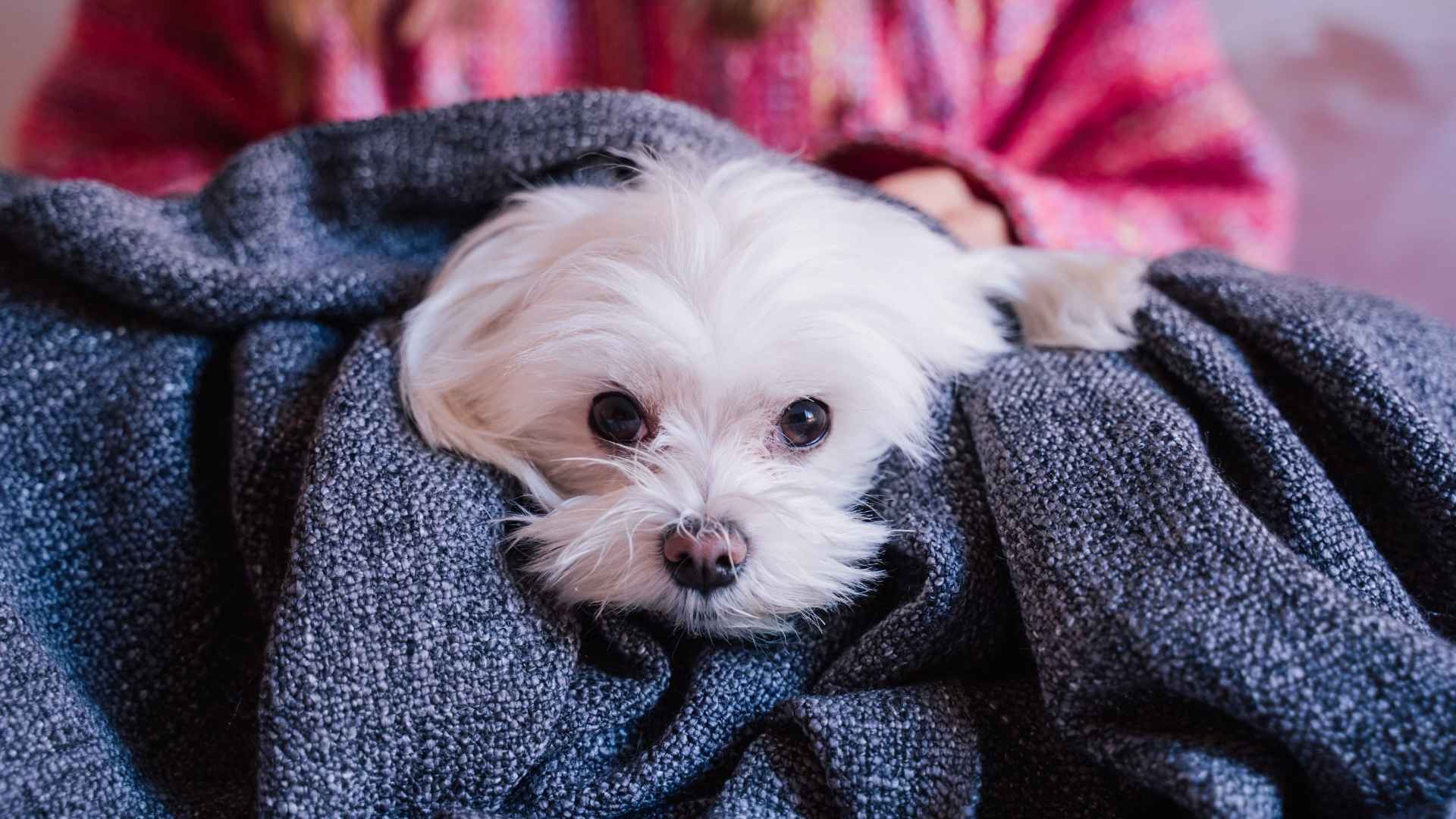Did you know some dogs would rather ghost the party than be the life of it? Yep, not all pups are tail-wagging socialites.
In a world obsessed with bold barks and zoomies, shy dogs are the introverts we didn’t know we needed. Quiet, sensitive, and full of heart—they’re the ones sneaking into your soul when no one’s looking.
Ever seen a pup hide behind a curtain because the vacuum roared? That’s not drama—it’s real canine introversion, and it’s oddly adorable.
Whether it’s genetics, environment, or just their unique personalities, some breeds are naturally more bashful. But don’t let the shyness fool you—they’ve got loyalty for days.
So, if you’re more tea-and-books than loud BBQs, these furry wallflowers might just be your ideal match. Let’s meet the mellow stars of the dog world.
7 Highly Shy Dog Breeds
1. Whippet
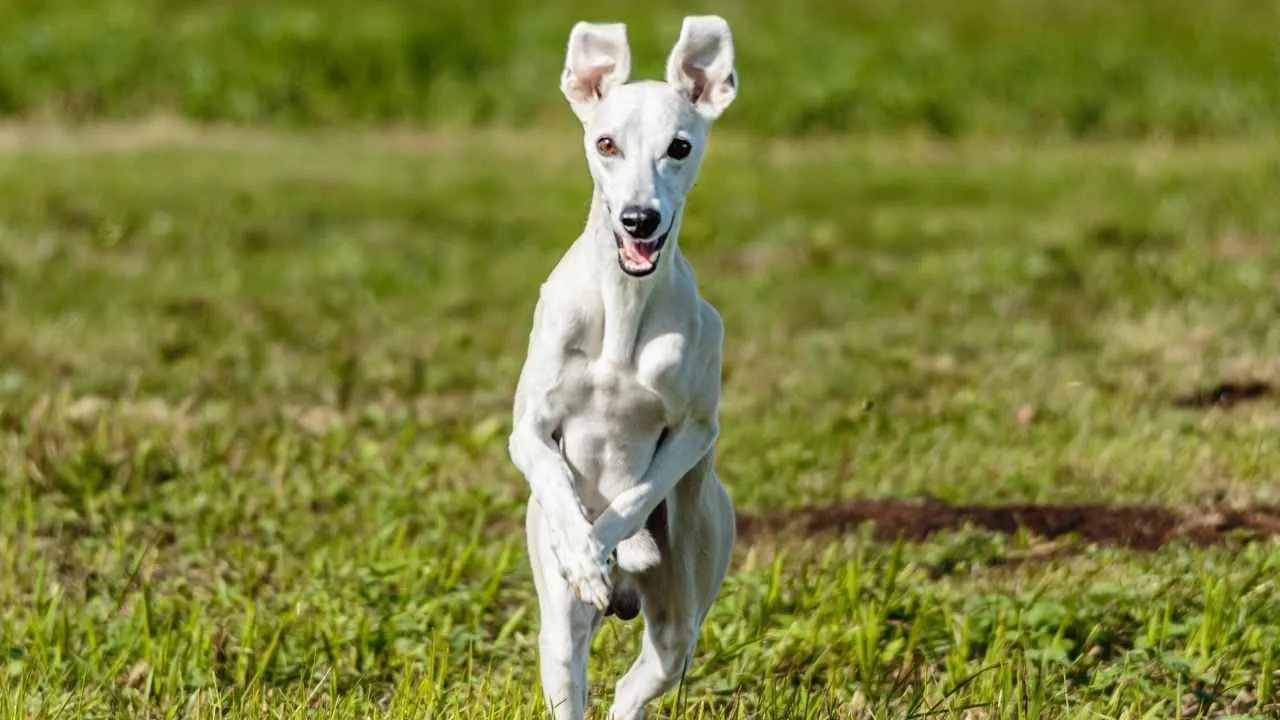
If dogs had a “Do Not Disturb” sign, Whippets would hang it proudly. These sleek speedsters may zoom like mini racecars outdoors, but indoors? Total couch connoisseurs. Don’t let their athletic build fool you—they’re some of the most shy dogs you’ll ever meet.
AKC explains that from puppyhood, they’re gentle and sensitive, bonding deeply with their chosen humans. Loud noises? No thanks. Strangers? Hard pass. They thrive in calm, predictable environments with kind words and soft blankets.
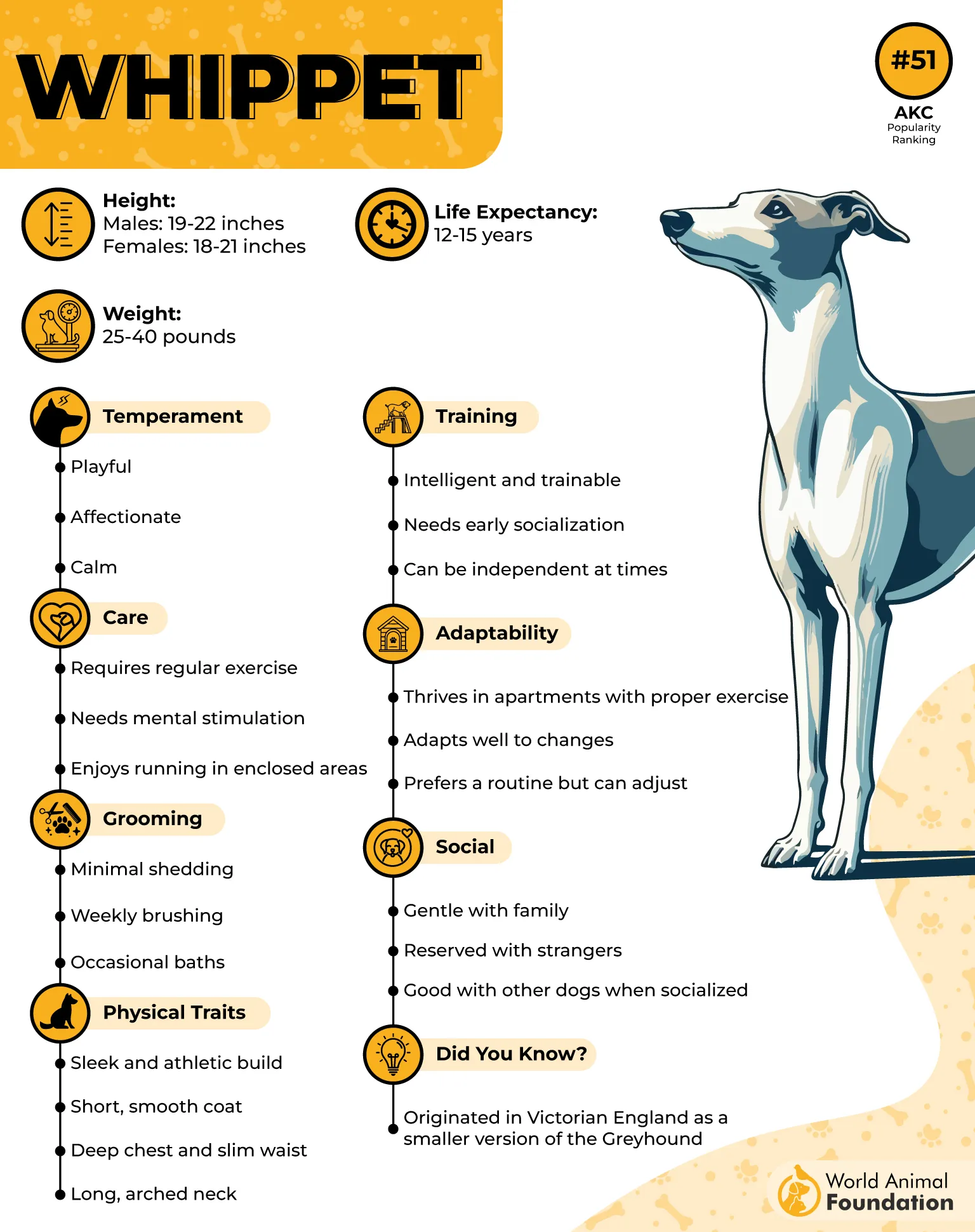
Shy Whippets prefer quiet over chaos, making them perfectly mannered dogs for apartment living. Their short coat is low-maintenance, needing only occasional baths and minimal grooming. Bonus: no dog hair tornado!
Feeding is easy—just a high-quality diet that supports their lean build and energy needs. Think premium kibble, not table scraps (as tempting as those puppy eyes are).
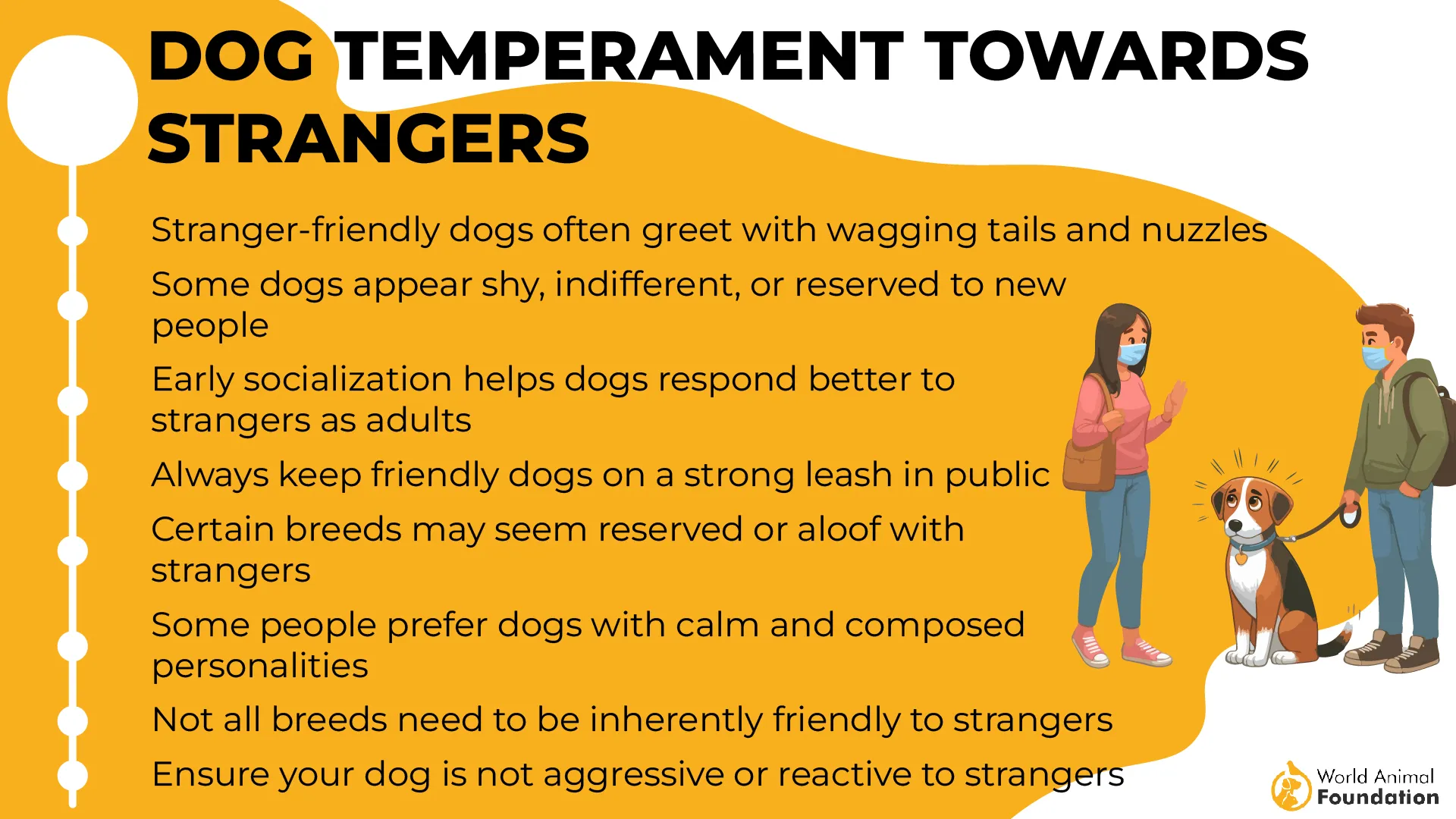
Socialising shy dogs like Whippets requires patience. Small, positive exposures work best—don’t throw them into a dog park mosh pit.
They may be prone to mild skin issues or cold sensitivity, so cozy sweaters aren’t just cute—they’re necessary.
Fun fact: despite their timid nature, Whippets are lightning-fast, second only to the Greyhound breed. Talk about a quiet storm.
2. Chihuahua
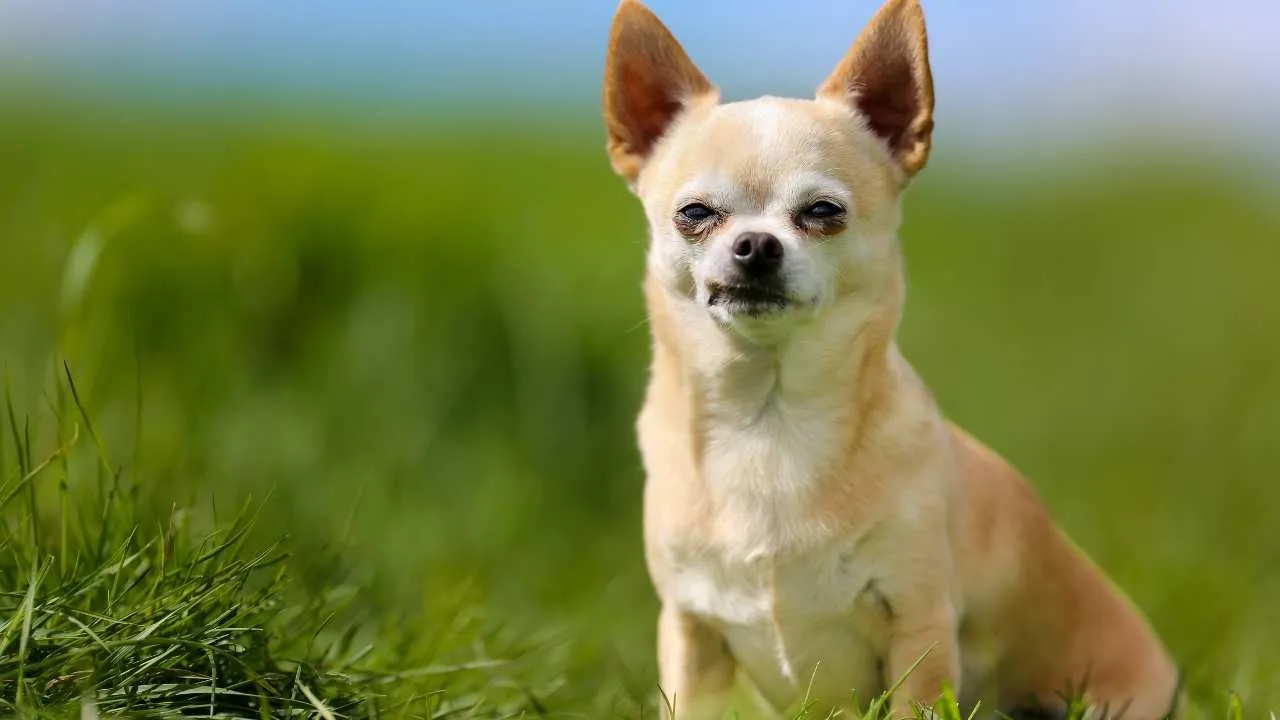
Tiny body, mighty nerves. Chihuahuas may bark like they own the block, but deep down, many of them are quite timid. Especially when it comes to strangers, loud noises, or, heaven forbid, toddlers with sticky fingers.
These relatively shy canines often bond with one person and treat everyone else with a suspicious side-eye. Puppy socialization is key—introduce them early to people, places, and other pups, or risk raising a canine diva with trust issues.
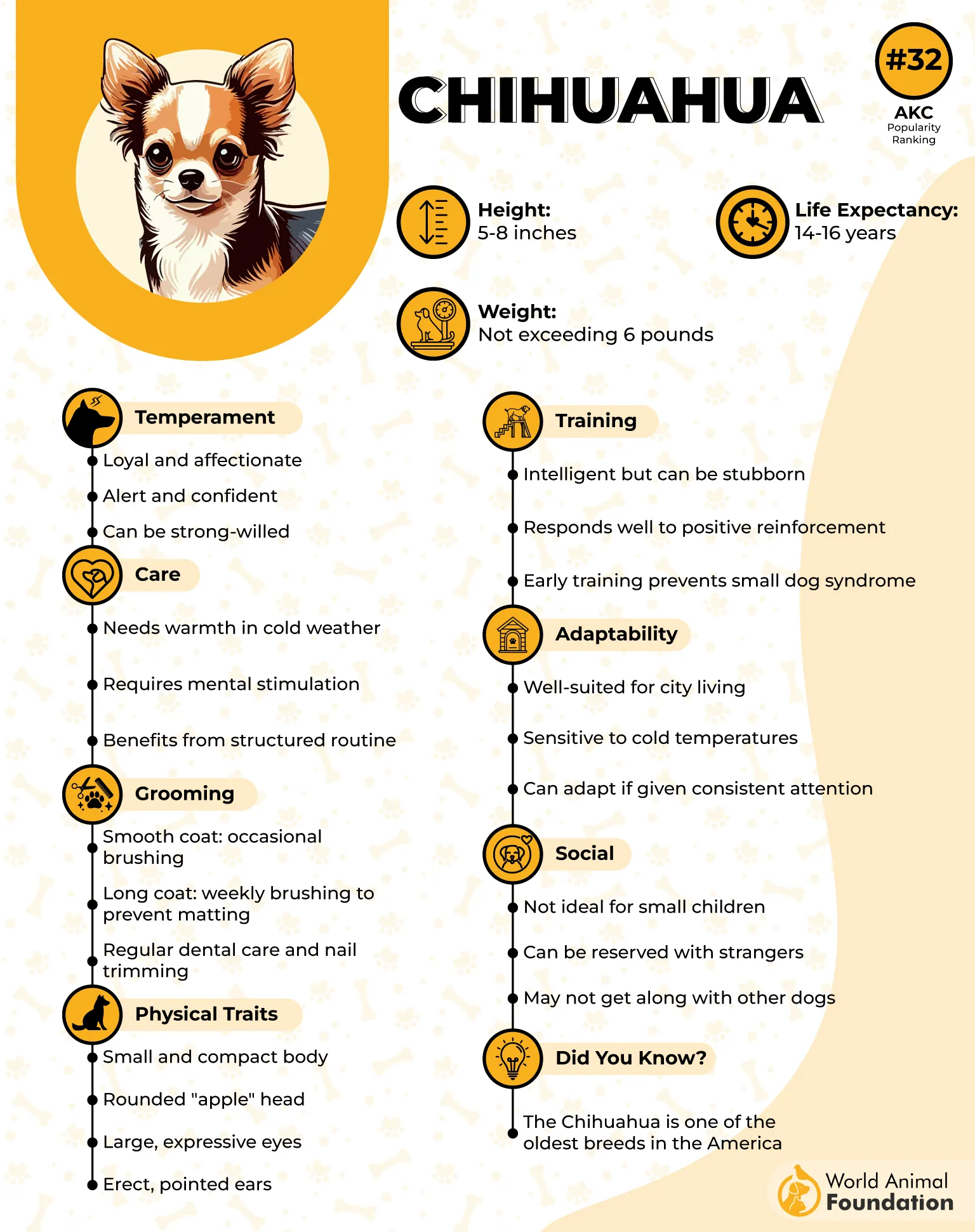
Despite being a small dog breed, they’ve got big dietary needs—high-quality food in small portions to match their zippy metabolism. Bonus points for adding joint-supporting nutrients as they age.
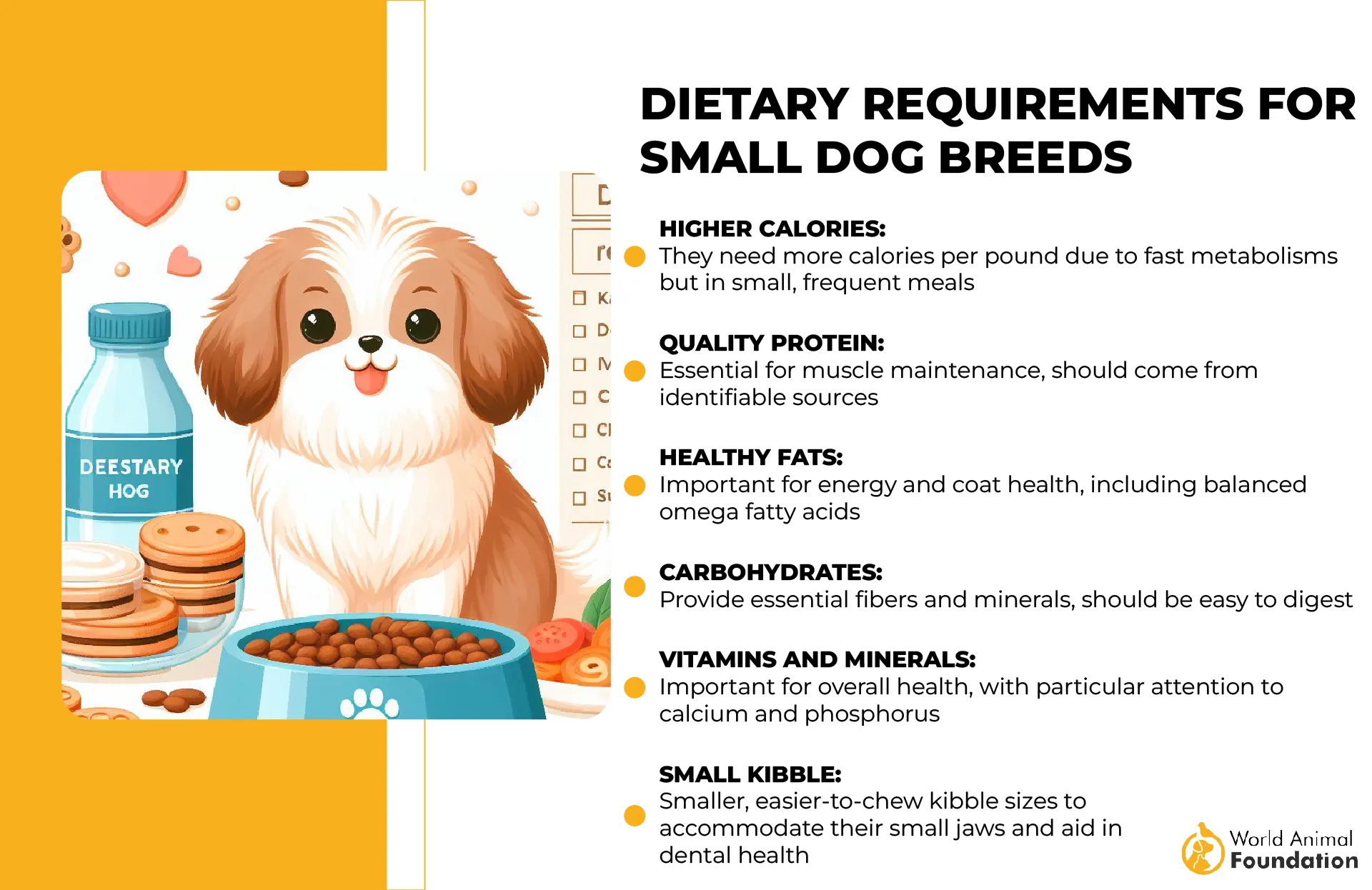
Grooming is a breeze—short-haired Chihuahuas just need occasional brushing, while long-haired ones may need extra coat care to avoid the dreaded floof-tangles.
They can be prone to dental issues and patellar luxation, so regular vet check-ups are a must. That sweet little smirk hides some serious maintenance.
Training shy Chihuahuas calls for a soft voice, treats, and zero sarcasm. They’re sensitive souls beneath all that sass.
Trivia alert: This pint-sized pup holds the title for the world’s smallest dog. Shy? Yes. Forgettable? Never.
3. Greyhound
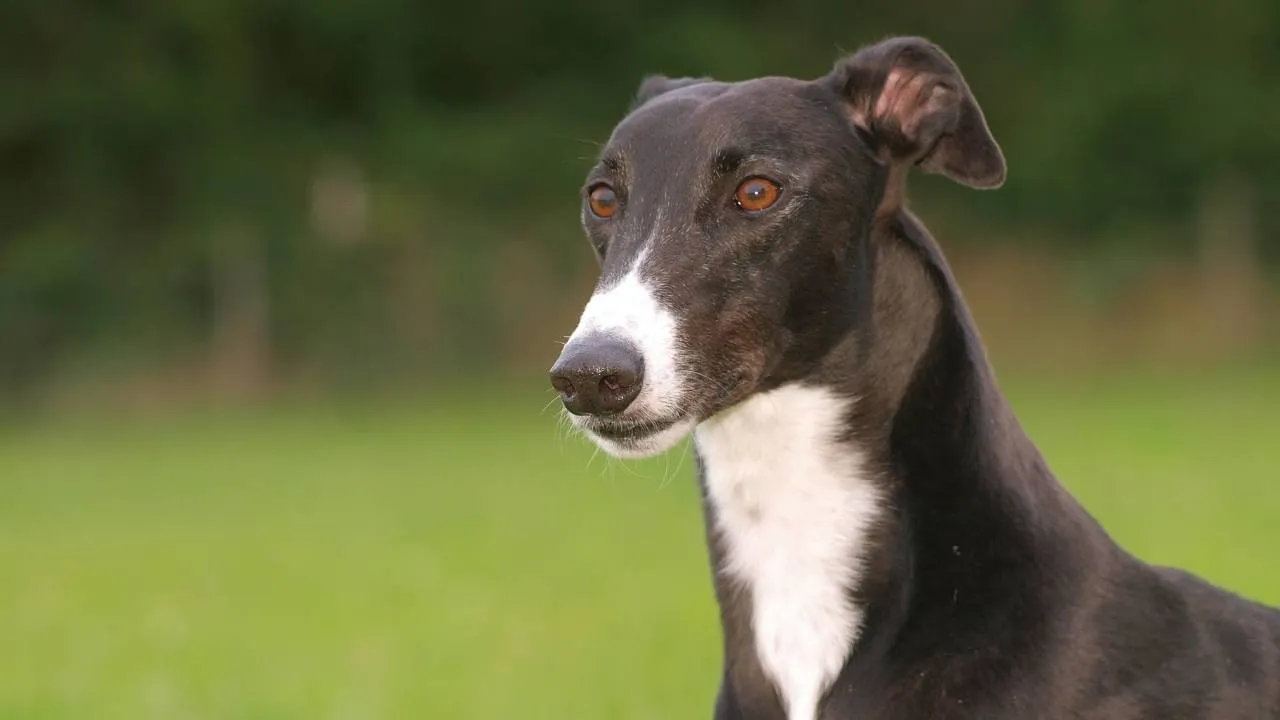
The Greyhound: a retired athlete with a heart of gold and the social skills of an introvert at a rave. These elegant giants may dominate the racetrack, but off it, they’re famously shy greyhounds with gentle, sensitive natures.
Adulthood brings calmness, but many still flinch at sudden sounds or unfamiliar people. Especially those who’ve come from rescue or racing backgrounds—training shy Greyhounds is a careful art.
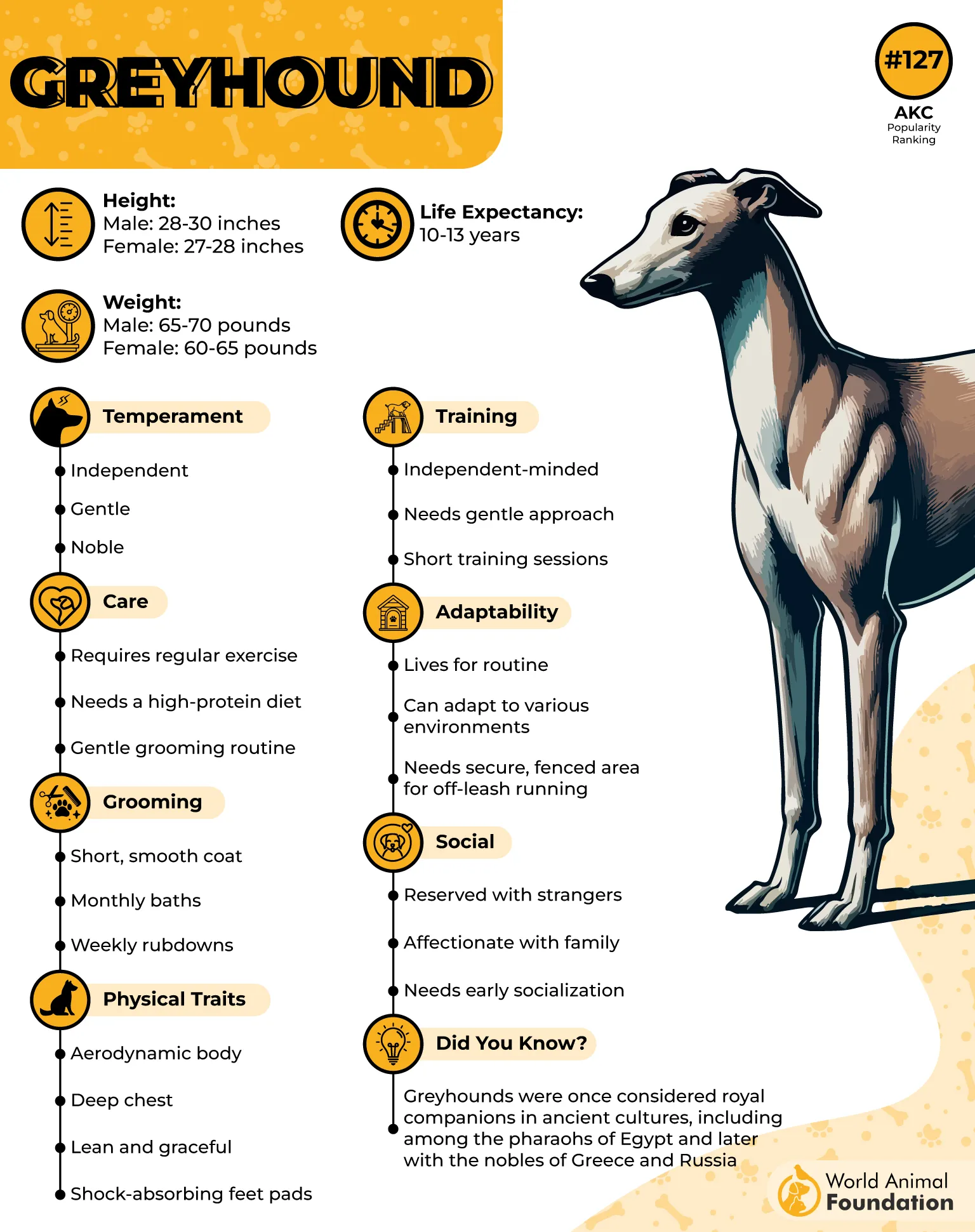
They’re a low-maintenance dream. Their thin coat means minimal grooming, and they’re odor-free (yes, seriously). But it also means they need warmth—think pajamas, not just for aesthetics.
Purina notices that their lean build needs a balanced diet rich in proteins and fats. Just don’t overfeed—these graceful pups aren’t built for bulking season.
Socialising shy dogs like Greyhounds requires patience. Small walks, gentle petting, and zero pressure go a long way.
Health-wise, they’re prone to bloat and sensitive skin, so it’s best to stay alert and vet-friendly.
Fun fact? Despite being introverts, they’re often called “45-mph couch potatoes.” A paradox in motion.
4. Maltese
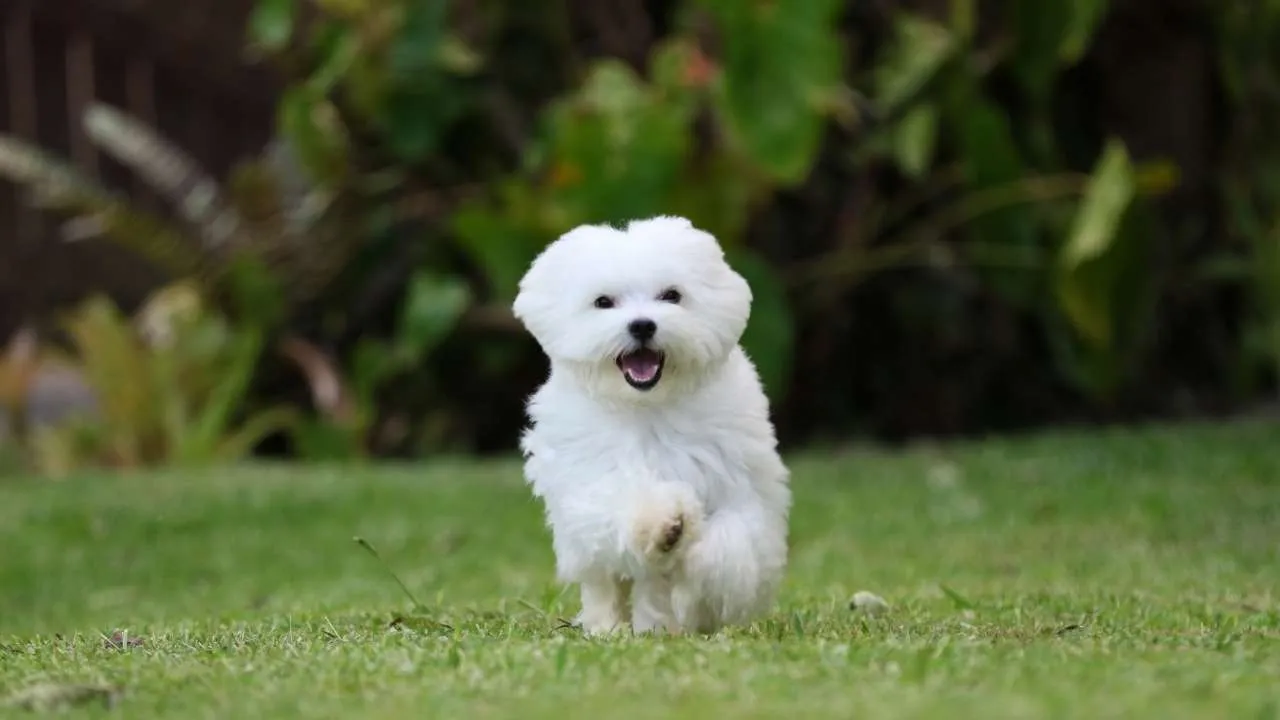
White fluff, pure heart, and the social stamina of a tea-light candle. Maltese pups are the shy Bichon cousins you want to protect from the big, noisy world. Underneath their silky curtain of hair is a pup who prefers soft voices and warm laps.
From puppyhood, their timid behavior is endearing—clingy, sweet, and sometimes shadow-like. They thrive with gentle routines and don’t take kindly to loud chaos or pushy pets.
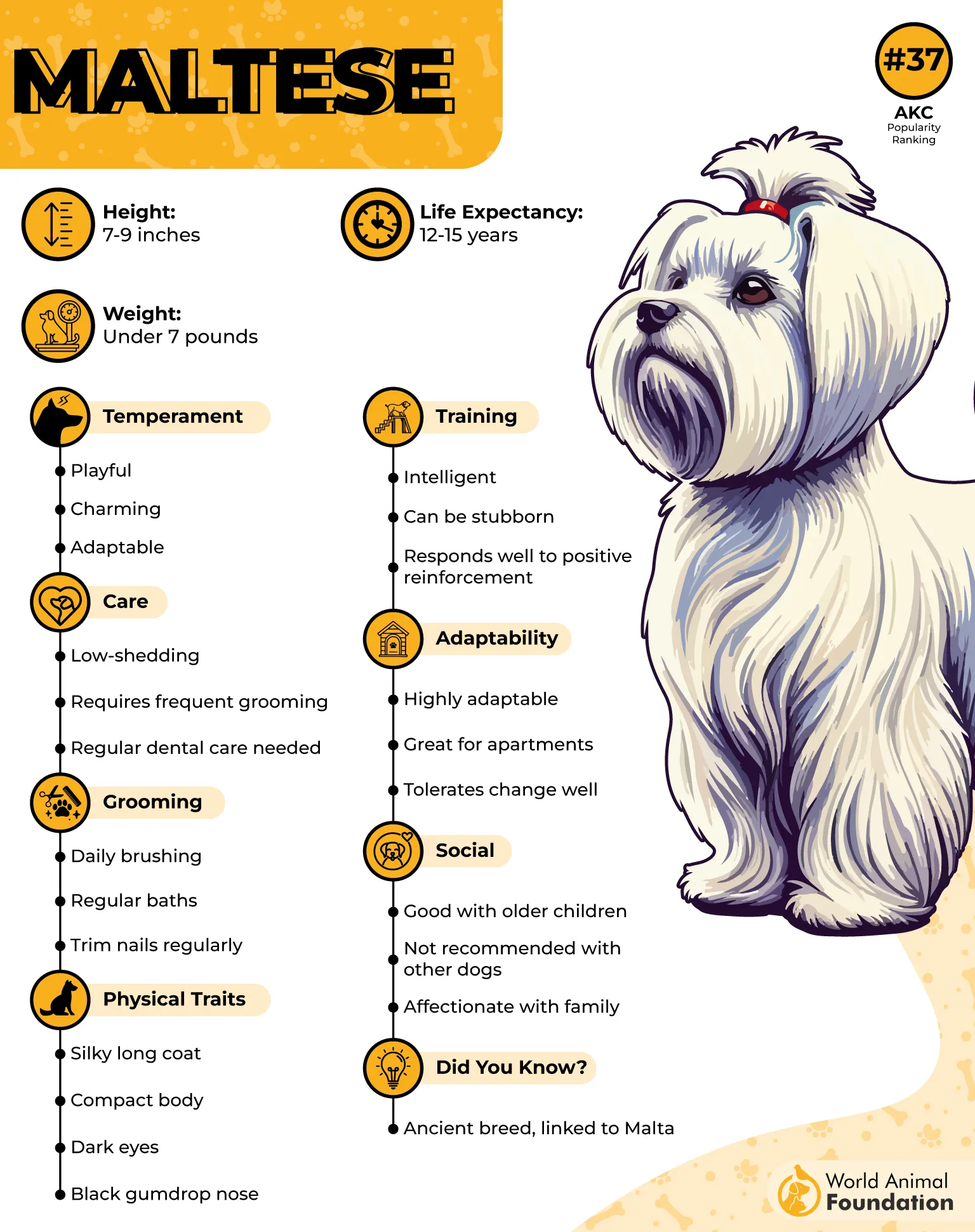
Their long, flowing coat is stunning but requires consistent care—daily brushing and regular baths unless you’re into the shaggy-chic look. They’re a glamorous small dog with high-maintenance hair.
Feeding should include lean proteins and immune-boosting nutrients to keep that luxurious coat glossy. Portion control is key—they may be small, but they love a good snack.
They can be prone to tear staining and dental issues, so a good vet and a toothbrush are your best friends.
These shy dogs, like Maltese, are best socialized early, with soft introductions and plenty of positive reinforcement.
Did you know Maltese were once royal lapdogs? Even their timid nature has noble roots.
5. Yorkshire Terrier
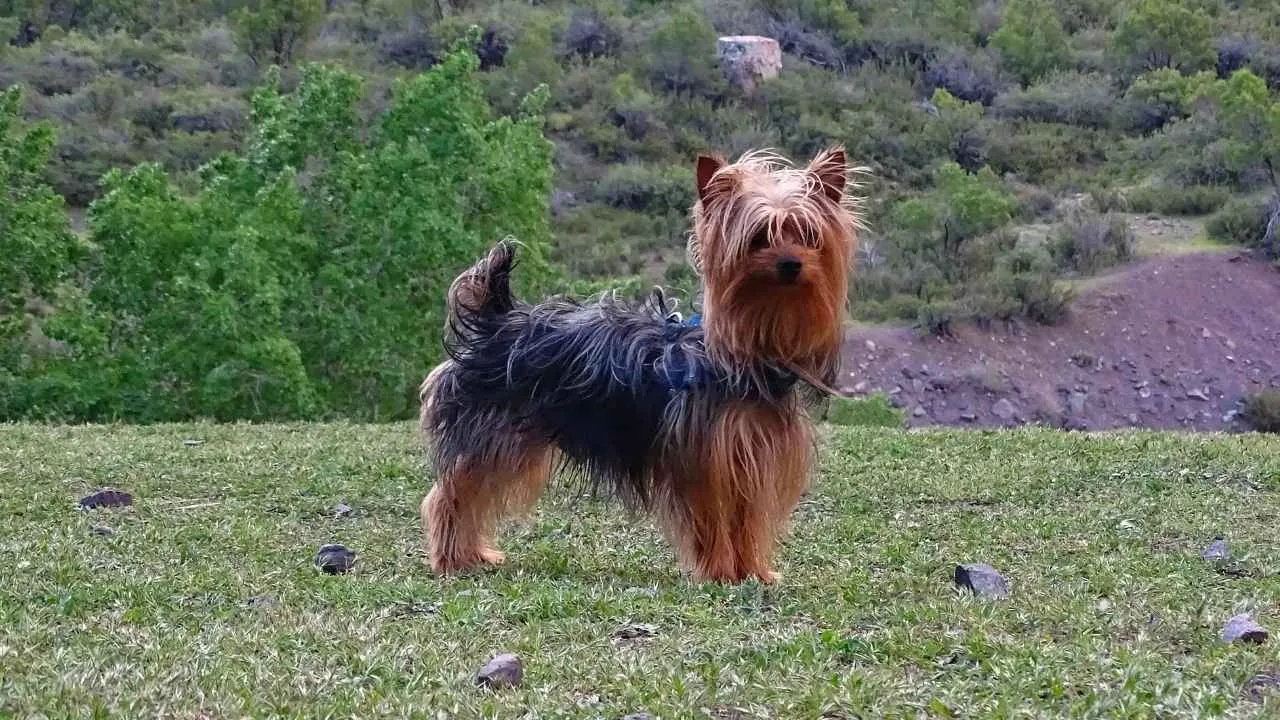
Don’t be fooled by their sassy strut—Yorkshire Terriers may bark like bodyguards, but many are shyer pups at heart. Especially when out of their element, they lean into their timid dog tendencies, often clinging to their humans like Velcro.
From puppyhood to polished adulthood, they’re bold in bursts, but deep down, they’re sensitive souls wrapped in a silky coat. Sudden noises or unfamiliar faces? Expect a retreat to the nearest lap.
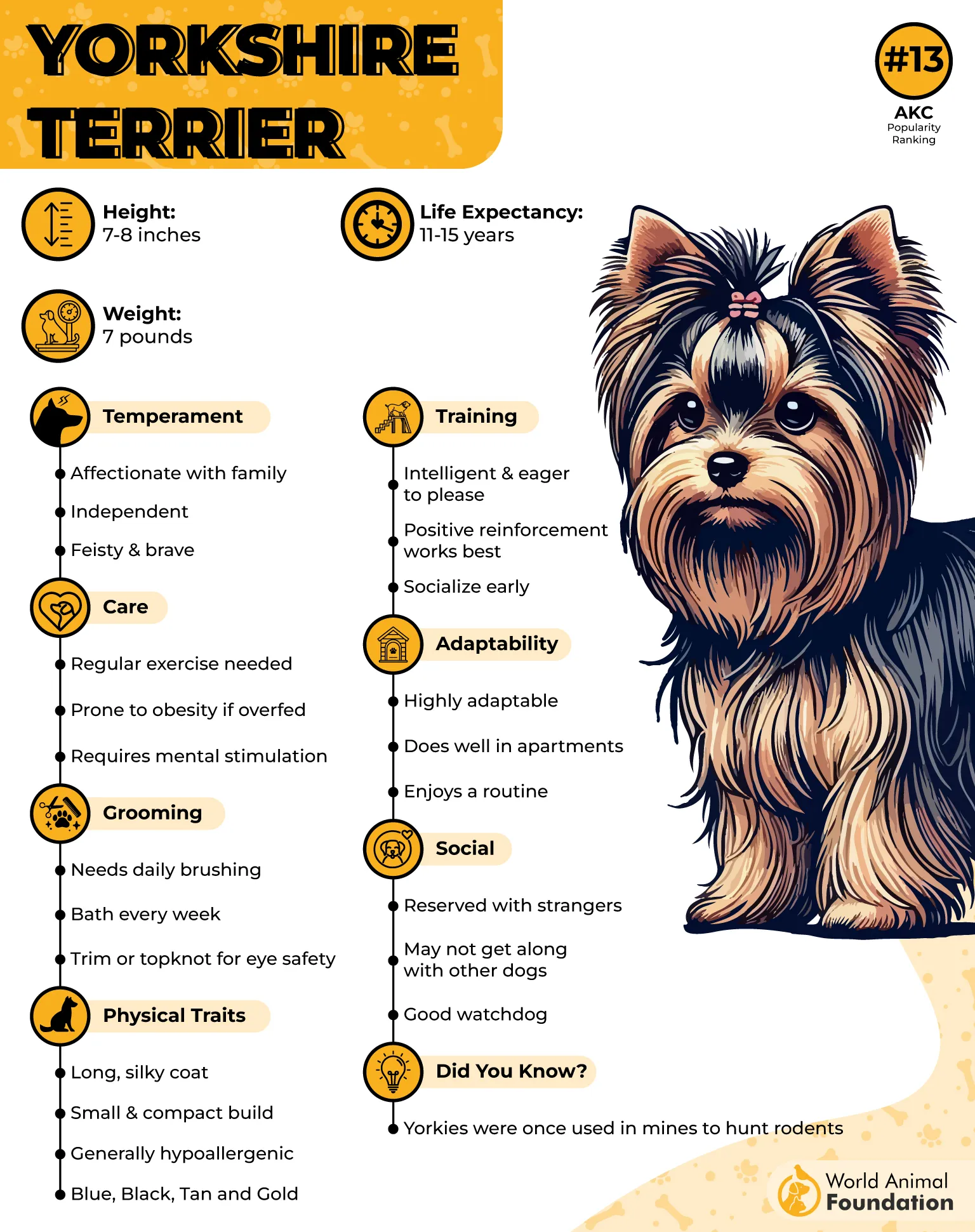
Their long, fine hair demands daily brushing to avoid mats and regular baths to keep that show-dog sheen. They’re a small dog breed with the beauty routine of a pageant queen.
Feed them nutrient-dense meals for energy and coat health. Bonus: Their petite size makes portioning easy—until those pleading eyes show up at the table.
PetMD claims that they can be prone to dental issues and tracheal problems, so dainty doesn’t mean low-maintenance.
Socialising shy Yorkies takes time—start small, use treats, and keep those loud greetings to a minimum.
Fun tidbit? These pups once hunted rats in Victorian factories. From rodent chasers to timid lap royalty—what a glow-up.
6. Papillon
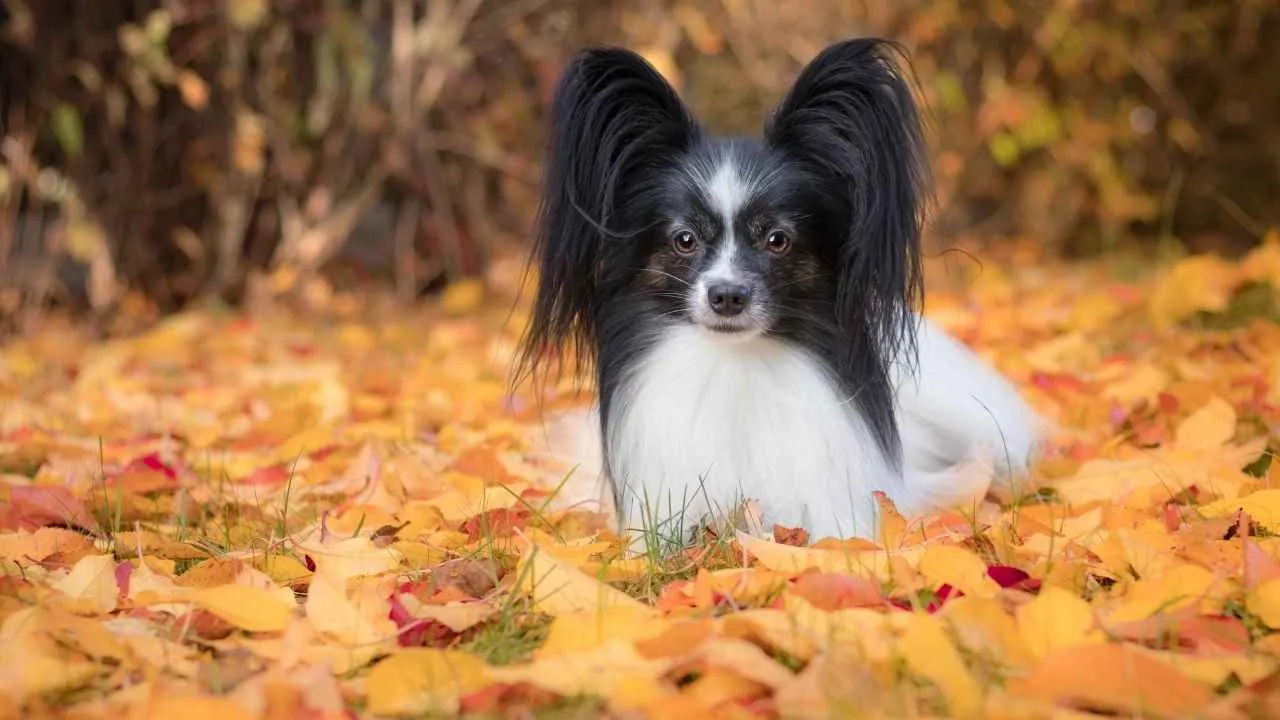
Named for their butterfly-shaped ears, Papillons flutter through life with a dainty charm—and occasionally a timid streak. While many are bold, a surprising number show timid behavior in unfamiliar settings or with rowdy strangers.
They’re whip-smart, picking up tricks and cues fast, but that brain comes with a dash of drama. A rough tone or sudden move can send them scampering behind the couch like a shy canine on high alert.
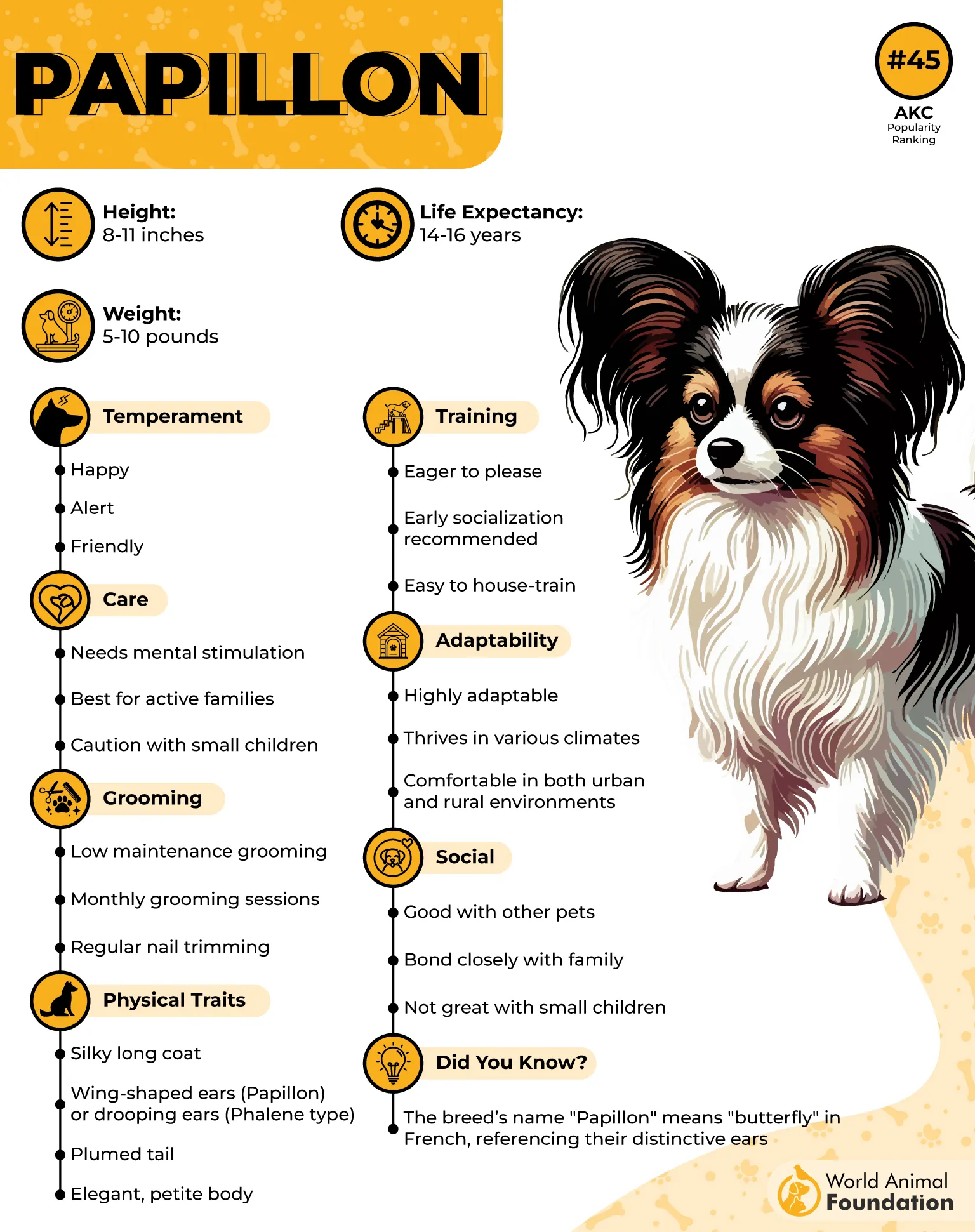
Their flowing coat needs moderate grooming—brushing a few times a week and the occasional bath keeps them fresh and fabulous. Low-shed and always photogenic.
These dainty dynamos need a well-balanced diet to fuel their high energy levels without packing on extra fluff. Think lean, small-breed kibble with an omega boost.
Their dainty build comes with a risk of patella luxation and dental issues, so regular checkups are key.
Socialising Papillon dogs should be a fun game—treats, praise, and new experiences at their own pace.
Fun fact? They’re one of the oldest toy breeds in Europe, once painted into royal portraits. That shy side? Just an aristocratic mystery.
7. Norfolk Terrier
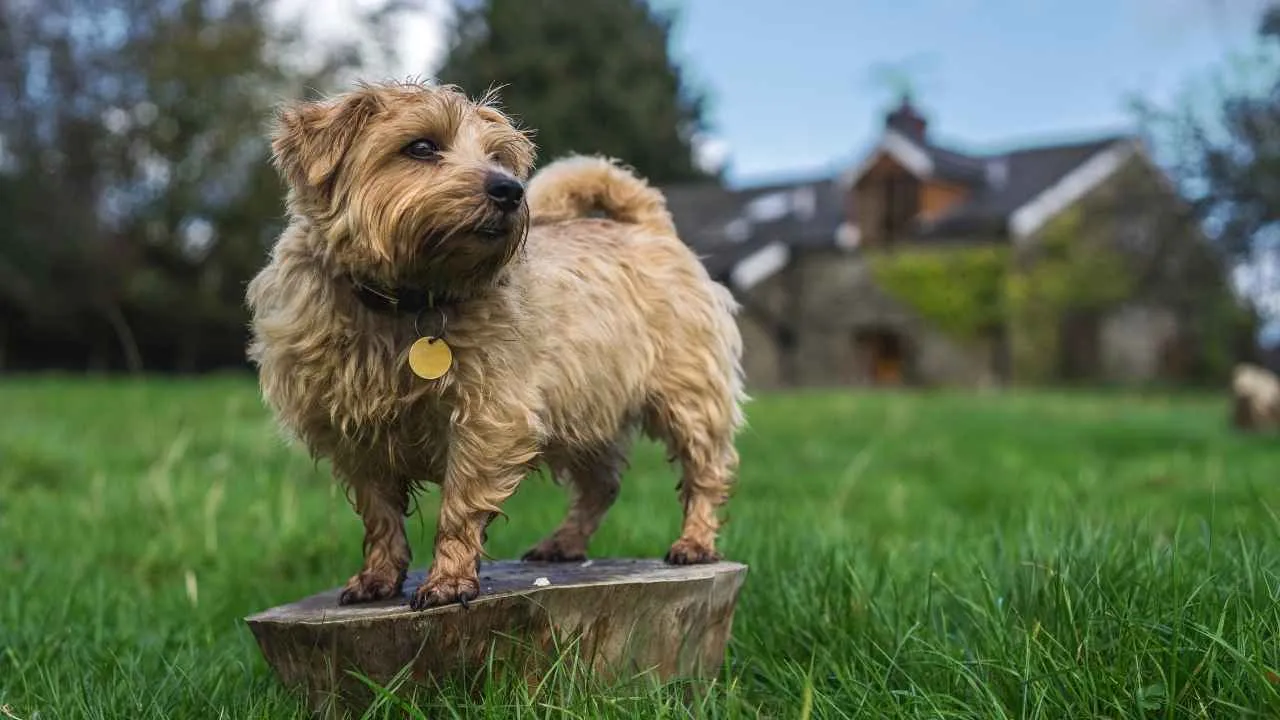
Think terriers are all barks and bravado? Meet the Norfolk Terrier—the more timid breed of the bunch. They’re brave when duty calls, but can be relatively shy canines in unfamiliar company.
Compact yet determined, they mature into loyal shadows who prefer family hangouts over dog-park drama. Early socialization is essential to help them embrace their inner extrovert.
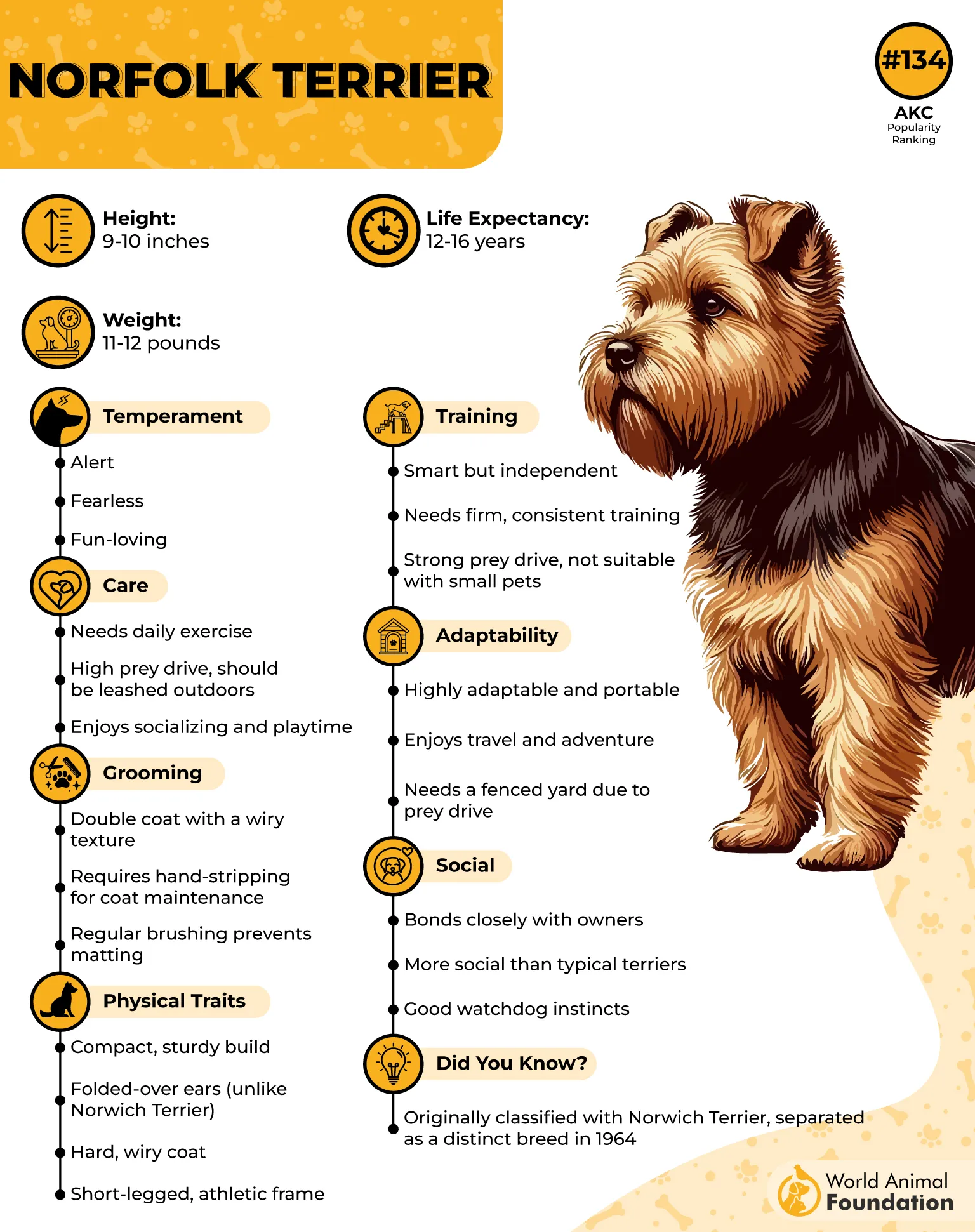
Their wiry double coat needs hand-stripping or trimming, along with regular brushing. They’re rugged but tidy—like a gentleman who camps with a lint roller.
PDSA reveals that Norfolk Terriers need a protein-rich diet to keep their energy up without tipping the scales. They burn it off fast, chasing leaves or pretending they’re on a mission.
They’re generally healthy but may face minor issues like hip dysplasia or skin allergies—nothing a good vet can’t handle.
Socialising shy dogs like the Norfolk means structured playdates and gentle encouragement, not a parade of strangers with treats.
Little-known gem? They’re one of the smallest working terriers—big spirit, small bark, just a sprinkle of shyness.
Final Thoughts
So, there you have it—a quiet roll call of the sweetest breeds with the softest souls. These pups may not crash your party, but they’ll steal your heart with their shy nature and gentle charm.
From velvety couch potatoes to pocket-sized cuddle magnets, shy dogs like these are proof that you don’t need to be loud to be lovable. They’re the introverts of the canine world—and we love them for it.
Whether you’ve got a puppy with trust issues or a full-grown canine companion who’d rather nap than mingle, there’s beauty in their timid behavior. You just need to meet them where they are.
And while we didn’t cover every shy star, let’s give a soft round of applause to Spaniels, Akita dogs, and even that scarily timid Husky dog you’ve seen hiding behind a curtain.
Thinking of adopting one of these family dogs or other breeds like them? Just remember: patience, love, and a few well-timed treats go a long way in training shy pups.
Ready to welcome a bashful buddy into your life? Share this list with a friend who needs a quiet kind of chaos—or drop your favorite dog described in the comments below!


